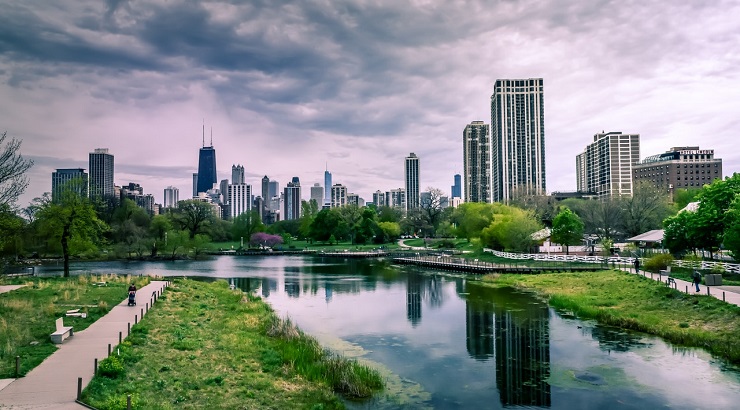Green Building
How to Make Cities More Livable and Sustainable
Ideas to create flourishing, prosperous and sustainable cities.

Between now and the targeted attainment of the Sustainable Development Goals in 2030, millions of people will have moved into urban areas in pursuit of a better life.
India, China and Nigeria are expected to account for 37% of the growth in global urban populations between 2014 and 2050, when nearly 70% of humanity will reside in towns.
It is not surprising therefore that cities are investing to transform themselves into resilient and sustainable habitats with low pollution and integrated transport systems.
What makes a city livable and sustainable
1. Accountability
Many cities are suffering from air and water pollution because authorities focus on economic development at the expense of environmental quality. In other instances, local officials take bribes to ignore regulations that have been put in place to check pollution.
Accountability in the implementation of environmental regulations, coupled with fight against corruption, have been seen to make a significant impact in the creation of liveable and sustainable cities.
2. Science-based decision-making
Running a city is a complex responsibility that requires planning and interventions. A small decision on transport, for example, can result in adverse consequences on health. These problems can be alleviated through collaboration on science and urban policies.
Cities, particularly those in developing countries, should invest in urban research institutes that are linked to local and national policies as is the case in wealthy countries.
3. Financial empowerment
Cities should be assigned more financial power to help them meet their planning obligations. It is also important to recognise the role of cities in the execution of the SDGs.
Indeed, it is not by chance that financial empowerment features highly in this list of 10 ways to make our cities liveable by 2030.
Unfortunately, most SDGs implementation strategies currently emphasise country, regional and international tactics without much focus on the cities – where the attention ought to be.
4. National government support
Besides financial empowerment, cities should be supported by national governments. This is because, while social, economic and environmental impacts of cities can be compared to those of nations, towns cannot achieve their full potential without national level support.
RELATED: Inside Kenya’s small-scale renewable energy revolution
National governments should help cities in areas such as research, policy and planning to empower the urban centres to create healthy, resilient and sustainable human habitats.
5. Create cohesive urban fabric
Every year, million of people move to cities without adequate social security. In China, for example, there are more than 250 million such people – known as “floating population”.
These migrants are often discriminated against by bureaucracies of a city. They are subjected to inadequate healthcare amenities – leaving them prone to early deaths.
Adopting a people-oriented approach to urbanisation and promoting a sense of belonging can help to integrate vulnerable populations into the urban fabric.
6. Benchmarking initiatives
Cities can learn from each other more than from any other form of study. City authorities should take their planners on benchmarking tours of other model cities to learn what other urban areas do to make themselves more liveable and sustainable.
RELATED: How to Build Sustainable Cities
Such peer learning can be inhibited by lack of local capacity, especially in terms of finances, and this is where the national governments should help.
More importantly, cities must commit to adopt and implement the best ideas – failing which all benchmarking initiatives will amount to zero.
7. Cultural revolution
Cultural shifts such as embracing solar, cycling or minimising food wastage have the potential to deliver substantial sustainability outcomes within urban areas.
A city that works to make cycling appear fashionable, for example, can lower carbon emissions by indirectly making people to take up cycling.
8. Planning for the future
Cities must prepare for both the risks emanating from global issues such as climate change as well as those arising from activities such as sand harvesting and construction of high-rises.
In fact, many cities are grappling with sinking deltas – a situation that could have been avoided had they stopped over-extraction of sand and the over concentration of high-rises.
9. Long-term vision
As cities grow, there is need for a coordinated long-term vision of urban development. Cities should avoid making unnecessary investments that result in redundant infrastructure.
10. Thinking beyond cities
Closing our list of 10 ways to make our cities liveable by 2030 is the importance of thinking beyond city limits. Metropolises should think beyond their boundaries and make policies and decisions that take into account the global context and interactions of a city.












